Boc-piperazine-benzoic acid,97.0%
产品编号:Bellancom-W013249| CAS NO:162046-66-4| 分子式:C16H22N2O4| 分子量:306.36
Boc哌嗪苯甲酸是一种PROTAC连接剂,可用于合成PROTAC,如PROTAC雄激素受体(AR)降解剂ARD-2128(HY-13229)。
本网站销售的所有产品仅用于工业应用或者科学研究等非医疗目的,不可用于人类或动物的临床诊断或者治疗,非药用,非食用,
Boc-piperazine-benzoic acid
| 产品介绍 | Boc-piperazine-benzoic acid 是一种 PROTAC linker,可用来合成 PROTAC,例如雄激素受体 (AR) 降解剂 ARD-2128 (HY-13229)。 | |||||||||||||
|---|---|---|---|---|---|---|---|---|---|---|---|---|---|---|
| 生物活性 | Boc-piperazine-benzoic acid is a PROTAC linker and can be used in the synthesis of PROTACs, such as PROTAC androgen receptor (AR) degrader ARD-2128 (HY-13229). | |||||||||||||
| 体外研究 |
ARD-2128 is a highly potent, orally bioavailable PROTAC androgen receptor (AR) degrader. ARD-2128 effectively reduces AR protein, suppresses AR-regulated genes in tumor tissues, and inhibits growth of tumor without signs of toxicity. ARD-2128 has the potential for the research of the prostate cancer. 西域 has not independently confirmed the accuracy of these methods. They are for reference only. | |||||||||||||
| 体内研究 | ||||||||||||||
| 体内研究 | ||||||||||||||
| 性状 | Solid | |||||||||||||
| 溶解性数据 | ||||||||||||||
| 运输条件 | Room temperature in continental US; may vary elsewhere. | |||||||||||||
| 储存方式 |
| |||||||||||||
| 参考文献 | ||||||||||||||
| 危害码 (欧洲) | Xn: Harmful; |
|---|---|
| 风险声明 (欧洲) | R20/21/22;R36/37/38 |
| 安全声明 (欧洲) | 22-26-36/37/39 |
| 危险品运输编码 | NONH for all modes of transport |
| 海关编码 | 2933599090 |
Synonym:None Known Section 2 - COMPOSITION, INFORMATION ON INGREDIENTS
Risk Phrases: 20/21/22 36/37/38 Section 3 - HAZARDS IDENTIFICATION EMERGENCY OVERVIEW
Harmful by inhalation, in contact with skin and if swallowed. Irritating to eyes, respiratory system and skin. Potential Health Effects Eye: Causes eye irritation. May cause chemical conjunctivitis. Skin: Causes skin irritation. Harmful if absorbed through the skin. Ingestion: Harmful if swallowed. May cause irritation of the digestive tract. Inhalation: Harmful if inhaled. Causes respiratory tract irritation. Chronic: No information found. Section 4 - FIRST AID MEASURES Eyes: Immediately flush eyes with plenty of water for at least 15 minutes, occasionally lifting the upper and lower eyelids. Get medical aid. Skin: Get medical aid. Flush skin with plenty of water for at least 15 minutes while removing contaminated clothing and shoes. Wash clothing before reuse. Ingestion: Never give anything by mouth to an unconscious person. Get medical aid. Do NOT induce vomiting. If conscious and alert, rinse mouth and drink 2-4 cupfuls of milk or water. Wash mouth out with water. Inhalation: Remove from exposure and move to fresh air immediately. If not breathing, give artificial respiration. If breathing is difficult, give oxygen. Get medical aid. Notes to Physician: Treat symptomatically and supportively. Section 5 - FIRE FIGHTING MEASURES General Information: As in any fire, wear a self-contained breathing apparatus in pressure-demand, MSHA/NIOSH (approved or equivalent), and full protective gear. During a fire, irritating and highly toxic gases may be generated by thermal decomposition or combustion. Extinguishing Media: Use water spray, dry chemical, carbon dioxide, or chemical foam. Section 6 - ACCIDENTAL RELEASE MEASURES General Information: Use proper personal protective equipment as indicated in Section 8. Spills/Leaks: Vacuum or sweep up material and place into a suitable disposal container. Clean up spills immediately, observing precautions in the Protective Equipment section. Avoid generating dusty conditions. Provide ventilation. Section 7 - HANDLING and STORAGE Handling: Minimize dust generation and accumulation. Avoid breathing dust, vapor, mist, or gas. Avoid contact with eyes, skin, and clothing. Keep container tightly closed. Avoid ingestion and inhalation. Use with adequate ventilation. Wash clothing before reuse. Storage: Store in a cool, dry place. Store in a tightly closed container. Section 8 - EXPOSURE CONTROLS, PERSONAL PROTECTION Engineering Controls: Facilities storing or utilizing this material should be equipped with an eyewash facility and a safety shower. Use adequate ventilation to keep airborne concentrations low. Exposure Limits CAS# 162046-66-4: Personal Protective Equipment Eyes: Wear appropriate protective eyeglasses or chemical safety goggles as described by OSHA's eye and face protection regulations in 29 CFR 1910.133 or European Standard EN166. Skin: Wear appropriate protective gloves to prevent skin exposure. Clothing: Wear appropriate protective clothing to prevent skin exposure. Respirators: Follow the OSHA respirator regulations found in 29 CFR 1910.134 or European Standard EN 149. Use a NIOSH/MSHA or European Standard EN 149 approved respirator if exposure limits are exceeded or if irritation or other symptoms are experienced. Section 9 - PHYSICAL AND CHEMICAL PROPERTIES Physical State: Crystalline powder Color: White Odor: Not available. pH: Not available. Vapor Pressure: Not available. Viscosity: Not available. Boiling Point: Not available. Freezing/Melting Point: 50 deg C Autoignition Temperature: Not available. Flash Point: Not available. Explosion Limits, lower: Not available. Explosion Limits, upper: Not available. Decomposition Temperature: Solubility in water: Specific Gravity/Density: Molecular Formula: C16H22N2O4 Molecular Weight: 306.36 Section 10 - STABILITY AND REACTIVITY Chemical Stability: Stable under normal temperatures and pressures. Conditions to Avoid: Incompatible materials, dust generation, excess heat. Incompatibilities with Other Materials: Strong oxidizing agents, strong bases, amines. Hazardous Decomposition Products: Carbon monoxide, oxides of nitrogen, carbon dioxide. Hazardous Polymerization: Has not been reported Section 11 - TOXICOLOGICAL INFORMATION RTECS#: CAS# 162046-66-4 unlisted. LD50/LC50: Not available. Carcinogenicity: 4-[4-(tert-Butoxycarbonyl)piperazino]benzoic acid - Not listed by ACGIH, IARC, or NTP. Section 12 - ECOLOGICAL INFORMATION Section 13 - DISPOSAL CONSIDERATIONS Dispose of in a manner consistent with federal, state, and local regulations. Section 14 - TRANSPORT INFORMATION IATA Shipping Name: TOXIC SOLID, ORGANIC, N.O.S. Hazard Class: 6.1 UN Number: 2811 Packing Group: III IMO Shipping Name: TOXIC SOLID, ORGANIC, N.O.S. Hazard Class: 6.1 UN Number: 2811 Packing Group: III RID/ADR Shipping Name: TOXIC SOLID, ORGANIC, N.O.S. Hazard Class: 6.1 UN Number: 2811 Packing group: III Section 15 - REGULATORY INFORMATION European/International Regulations European Labeling in Accordance with EC Directives Hazard Symbols: XN Risk Phrases: R 20/21/22 Harmful by inhalation, in contact with skin and if swallowed. R 36/37/38 Irritating to eyes, respiratory system and skin. Safety Phrases: S 22 Do not breathe dust. S 26 In case of contact with eyes, rinse immediately with plenty of water and seek medical advice. S 36/37/39 Wear suitable protective clothing, gloves and eye/face protection. WGK (Water Danger/Protection) CAS# 162046-66-4: No information available. Canada None of the chemicals in this product are listed on the DSL/NDSL list. CAS# 162046-66-4 is not listed on Canada's Ingredient Disclosure List. US FEDERAL TSCA CAS# 162046-66-4 is not listed on the TSCA inventory. It is for research and development use only. SECTION 16 - ADDITIONAL INFORMATION N/A |
|
~86% 
162046-66-4 |
| 文献:THERAVANCE, INC. Patent: US2012/114600 A1, 2012 ; |
|
~% 
162046-66-4 |
| 文献:WO2006/38039 A1, ; Page/Page column 15 ; |
|
~% 
162046-66-4 |
| 文献:Journal of Medicinal Chemistry, , vol. 49, # 3 p. 1165 - 1181 |
|
~% 
162046-66-4 |
| 文献:Journal of Medicinal Chemistry, , vol. 49, # 3 p. 1165 - 1181 |
|
~% 
162046-66-4 |
| 文献:Bioorganic and Medicinal Chemistry, , vol. 14, # 7 p. 2089 - 2108 |
|
~% 
162046-66-4 |
| 文献:Bioorganic and Medicinal Chemistry, , vol. 21, # 15 p. 4646 - 4661 |
|
~% 
162046-66-4 |
| 文献:Bioorganic and Medicinal Chemistry, , vol. 21, # 15 p. 4646 - 4661 |
| 上游产品 7 | |
|---|---|
| 下游产品 2 | |
 有竞争力的价格
有竞争力的价格匹配竞争对手的价格
 极速物流
极速物流效率为先
 技术支持
技术支持专业经验 贴心服务
 现货库存
现货库存50000+库存

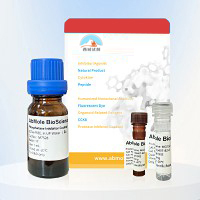
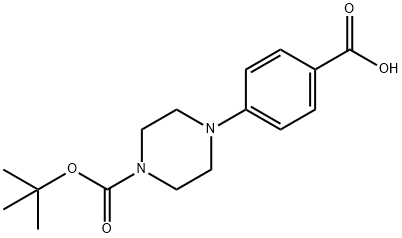
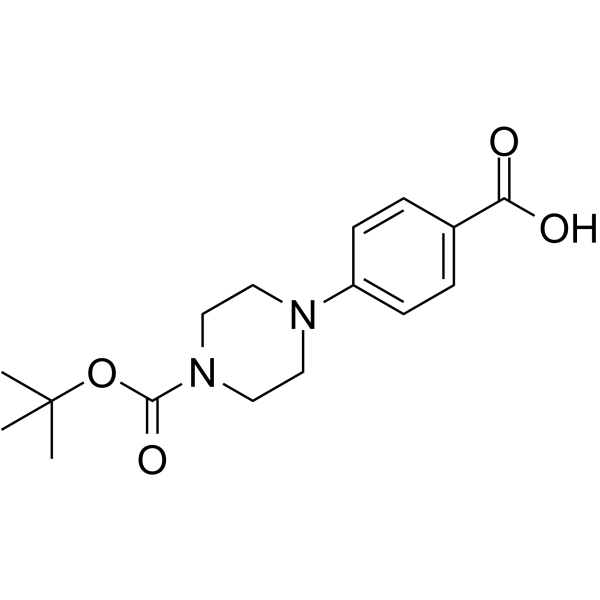
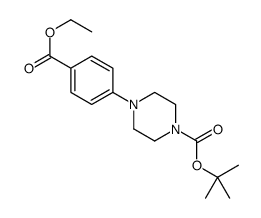
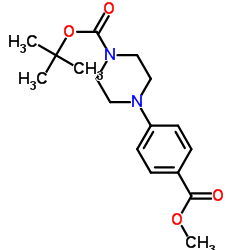
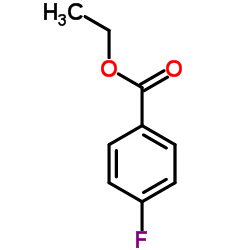

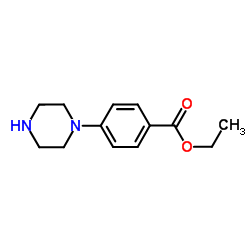
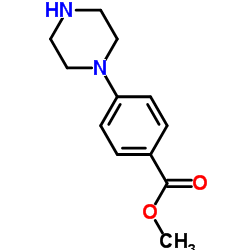
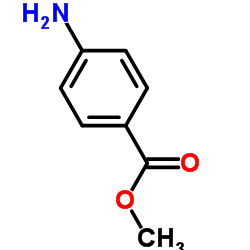
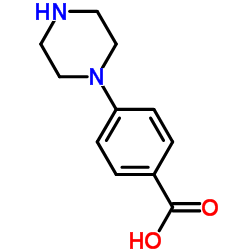
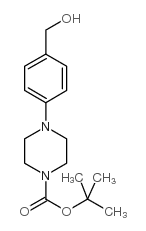

 浙公网安备 33010802013016号
浙公网安备 33010802013016号